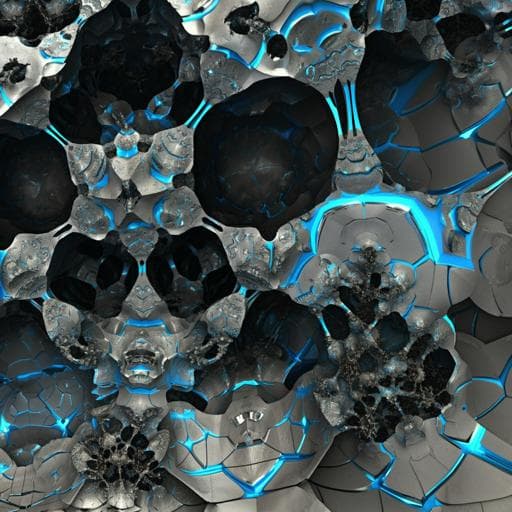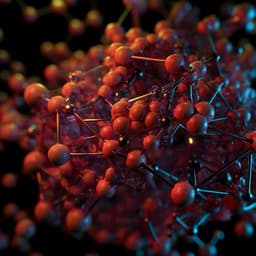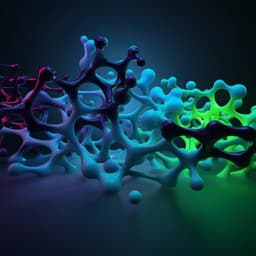
Engineering and Technology
Super-resolving microscopy images of Li-ion electrodes for fine-feature quantification using generative adversarial networks
O. Furat, D. P. Finegan, et al.
This innovative research by Orkun Furat, Donal P. Finegan, Zhenzhen Yang, Tom Kirstein, Kandler Smith, and Volker Schmidt reveals the potential of SRGANs in enhancing the resolution of SEM images of cracked Li-ion battery cathodes. By effectively balancing volume and resolution, this study demonstrates how GANs can significantly improve crack detection, paving the way for better quantitative analysis in microscopy.
~3 min • Beginner • English
Related Publications
Explore these studies to deepen your understanding of the subject.







